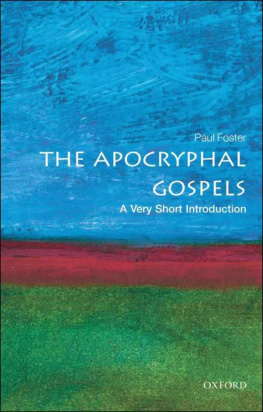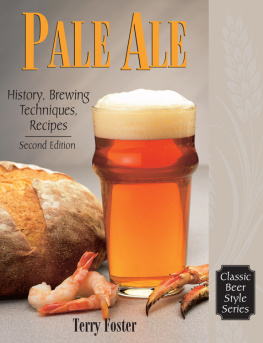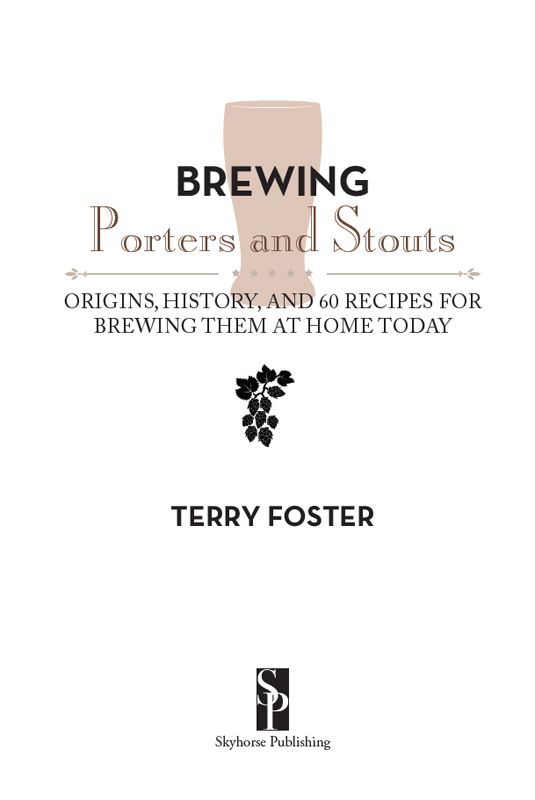
Sign above the door of the Beacon Hotel, brewery tap of Sarah Hughes Brewery in the Midlands of England. Such signs over pub doors were intended to show compliance with licensing laws and so were once common, but are now rare.
Copyright 2014 by Terry Foster
All rights reserved. No part of this book may be reproduced in any manner without the express written consent of the publisher, except in the case of brief excerpts in critical reviews or articles. All inquiries should be addressed to Skyhorse Publishing, 307 West 36th Street, 11th Floor, New York, NY 10018.
Skyhorse Publishing books may be purchased in bulk at special discounts for sales promotion, corporate gifts, fund-raising, or educational purposes. Special editions can also be created to specifications. For details, contact the Special Sales Department, Skyhorse Publishing, 307 West 36th Street, 11th Floor, New York, NY 10018 or .
Skyhorse and Skyhorse Publishing are registered trademarks of Skyhorse Publishing, Inc., a Delaware corporation.
Visit our website at www.skyhorsepublishing.com.
10 9 8 7 6 5 4 3 2 1
Library of Congress Cataloging-in-Publication Data is available on file.
Cover design by Brian Peterson
Cover photo by CBCK-Christine/iStock/Thinkstock
Print ISBN: 978-1-62914-511-2
Ebook ISBN: 978-1-62914-884-7
Printed in the United States of America
AS ALWAYS, MY THANKS MUST GO TO MY WIFE FOR PUTTING UP with my obsession with brewing and brewing history. She encouraged me to go off and investigate brewing archives on my own in places like London, Oxford, and New Haven while she was left to her own devices. Neither did she complain about the time I spent brewing at home and at BrRm@BAR, or at my desk beavering away writing about beer and brewing (and even fiction). Thank you, Lois!
I must also thank Jeff Browning, the brewer at BAR, who has been a good friend for many yearsboth for his insight into producing good beer, and his willingness to adapt some of my experiments to a commercial scale. He says he has learnt much from me, but so have I from him, and I think overall the score is even, and we are now into overtime.


CONTENTS

INTRODUCTION
MANY YEARS AGO, CHARLIE PAPAZIAN ASKED ME TO WRITE THE first book in the Classic Styles series from Brewers Publications. That was Pale Ale , and I later followed that with a similar effort on Porter . This was at a time when the craft brewing revolution was still in its early stages, and there was a limited supply of information and ingredients available to both craft and homebrewers. As always, such topics never stand still, and I later wrote a much-expanded second edition on pale ale. However, although I very much wanted to do so, I did not get around to doing anything on porter until after I had retired from my day job and had time to extend my historical researches.
While I was busy amassing ream upon ream of notes about porter brewing in the past, modern craft brewing caught up with me as there was a revolution in brewing this style of beer, as well as a huge expansion in the range and quality of brewing ingredients available. It was soon clear to me that there was a need to redo the porter book. But this time, I wanted to not only include results from my research, but also include stouts, since these are really only derivatives of the original porters.
I have started with the history of porter/stout brewing, partly because its close ties to the Industrial Revolution in Britain is very intriguing, but also because it is key to understanding how beer styles developed, and because it shows us how the beers we make now have come into being and why they are what they are. I have incorporated as much as I can of the history of porter and stout in the United States, the former especially having been a part of Americas brewing portfolio since 1776. Indeed, porter has been brewed here without a break right up to the present day, in contrast to England, where it actually ceased to be brewed from before the Second World War until the renascence of craft brewing there in modern times. Native porters and stouts have never received great acclaim here, largely because pale lager beers became so dominant in this country, and because Prohibition saw the demise of so many breweries, all too often along with the loss of their records.
I started brewing my own beer in Britain, just as the craft of homebrewing was beginning to be revived, then moved to the United States just as homebrewing was legalized here. I have therefore lived through two homebrewing revolutions, and of course through the great craft brewing revolution here. The quality of beer I can now produce at home, and that of those craft beers I can buy, has improved dramatically. Proudly numbered among all these new beers are many porters, stouts, and their sub-styles, and new variations on these are appearing almost daily. Therefore, it seemed that this was a good time to review these styles, their histories, and their brewing methodologies.
I hope I have done justice to the subject from the point of brewing and the possibilities available to the home and craft brewer. I also hope that I have given some insight into the history and importance of ale and porter brewing in the United States. There are still many gaps in this knowledge, and with luck, I shall have inspired some of you to try to fill these. Above all, I hope I have roused present and future brewers to further explore porter and stout and to continue to experiment and innovate in this area.

CHAPTER ONE
HOW IT ALL BEGAN... AND NEARLY ENDED
PORTER AND ITS ORIGINS HAVE LONG BEEN OF INTEREST TO ME and to many other craft and homebrewers. Part of the fascination is that (at least at first sight) it appears to have been the first recognizable style of beer, a style created by London commercial brewers who rode on its back into the first stage of the Industrial Revolution. It also appears to have been a style that sprang into being almost literally overnight and enjoyed great popularity for almost a hundred years, during which time the stout style evolved as a stronger version of porter. Porter gradually faded away to nothing in its place of origin, London, before undergoing a revival at the hands of the new wave of craft brewers in Britain, and more especially those of North America. I was born and educated in London and never so much as saw porter, let alone got to drink it, until I migrated to the United States.
Of course, although porterand, to a lesser extent, stoutjust about disappeared in Great Britain for a time, both beers continued to be brewed elsewhere. Stout continued to be a major product for Beamish, Guinness, and Murphys in Ireland, where Guinness also continued to brew porter up until 1974. Stouts and porters in various forms also continued to be brewed in and around the Baltic area of Northern Europe. Perhaps more importantly, porter was still being brewed in the United States. It was first produced there in the eighteenth century, right up to the present day in the case of the Pennsylvania brewer, Yuengling, and up until the 1970s in the Northeast. That continuity may partly explain why the new American craft brewers soon took to producing porter and stout.























